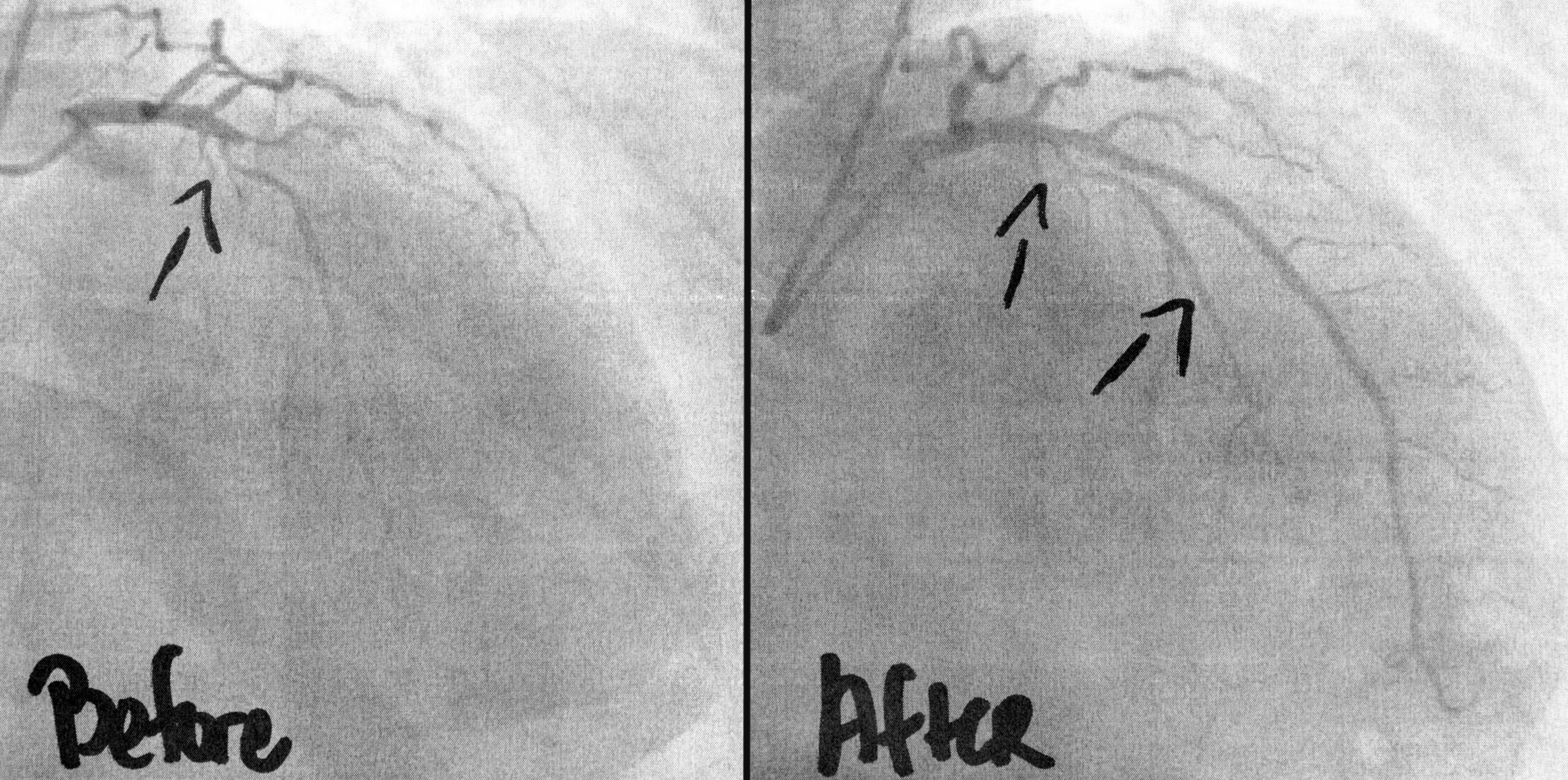CT Coronary Angiogram: 4 Reasons Why it is Done
What is a CT Coronary Angiogram
A CT coronary Angiogram is the short form of Computerized Tomography Coronary Angiogram. In this process, a powerful X-ray machine is used to produce images of the heart and the blood vessels that go to the heart, lungs, brain, kidneys, head, neck, legs, and arms. It is a non-invasive procedure and any heart or coronary artery disease can be diagnosed through this process.

A CT Coronary Angiogram can clearly show narrowed or blocked areas of blood vessels due to build-up of cholesterol, known as plaque. Before CT angiogram came into use, there was standard angiogram done which was more evasive in nature as in that a thin tube called a catheter, was inserted through an artery in your arm or leg up to the area where the problem was to be studied. Nowadays, in a CT coronary angiogram, no use of tube is needed any longer. The patient is injected with a special dye so that blood vessels can be easily seen on the scan.
Why is it done
Here are a few reasons why a CT angiogram is done:
- To detect any type of coronary arteries diseases. The most common of which is the build up of plaque inside the arteries due to high cholesterol and calcium, which causes the arteries to become narrow or leads to blockage.
- When there is a buildup of fluid around the heart. This condition is known as Pericarditis and can lead to major heart problems.
- If any of the four valves of the heart are not operating properly, then an X-ray is also done.
- If the doctor suspects that a person has Peripheral Arterial Disease, a CT angiogram can be done. This is a condition in which the arteries are narrowing down, not only in the heart, but in other parts of the body.
Click here to learn more about an Electrocardiogram procedure
This is one of the best non-invasive procedures to detect various conditions related to the heart and blood vessels. It is very effective and has fewer complications.
